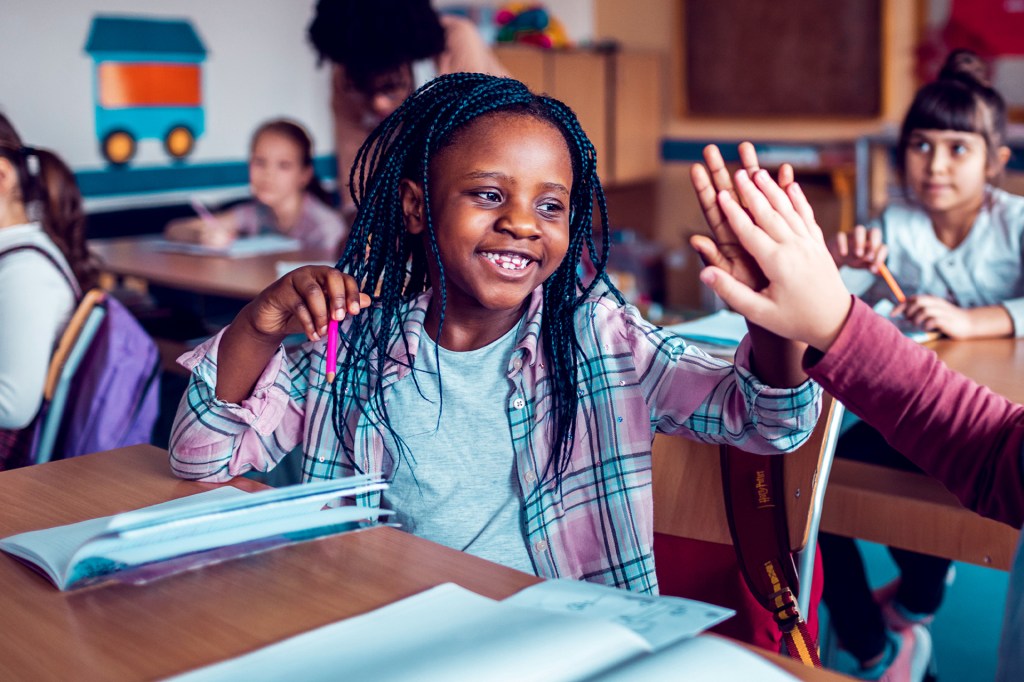The Key to Happiness
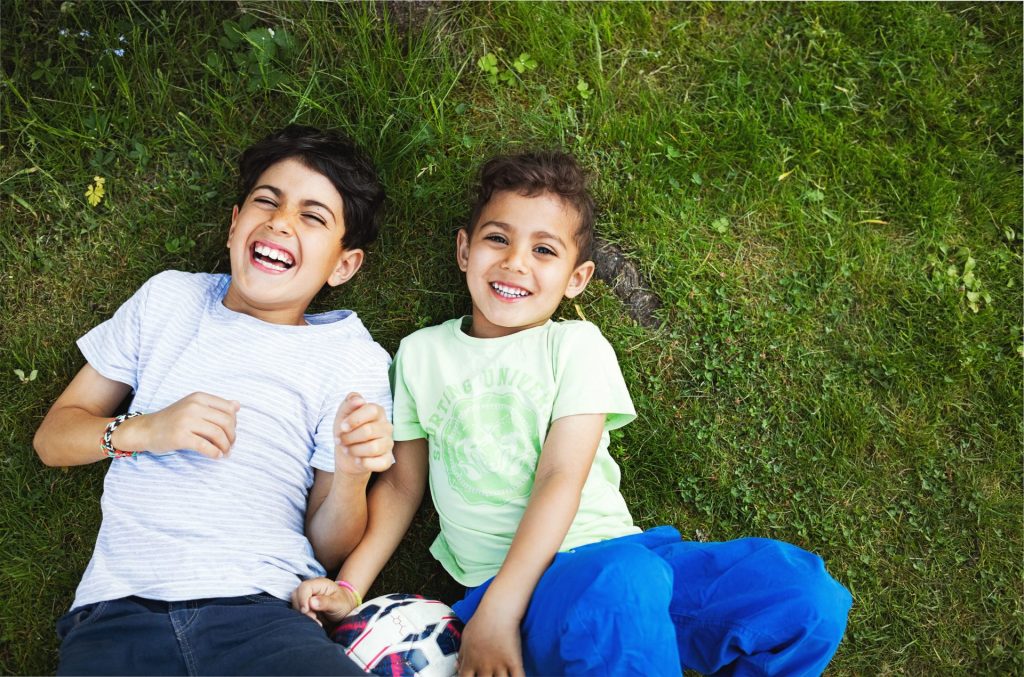
One night, Christine Carter and her young daughter were making a list. They called it “Three Good Things of the Day.” While braiding Carter’s hair, her daughter said, “Mom, this is going to be one of my three good things.”
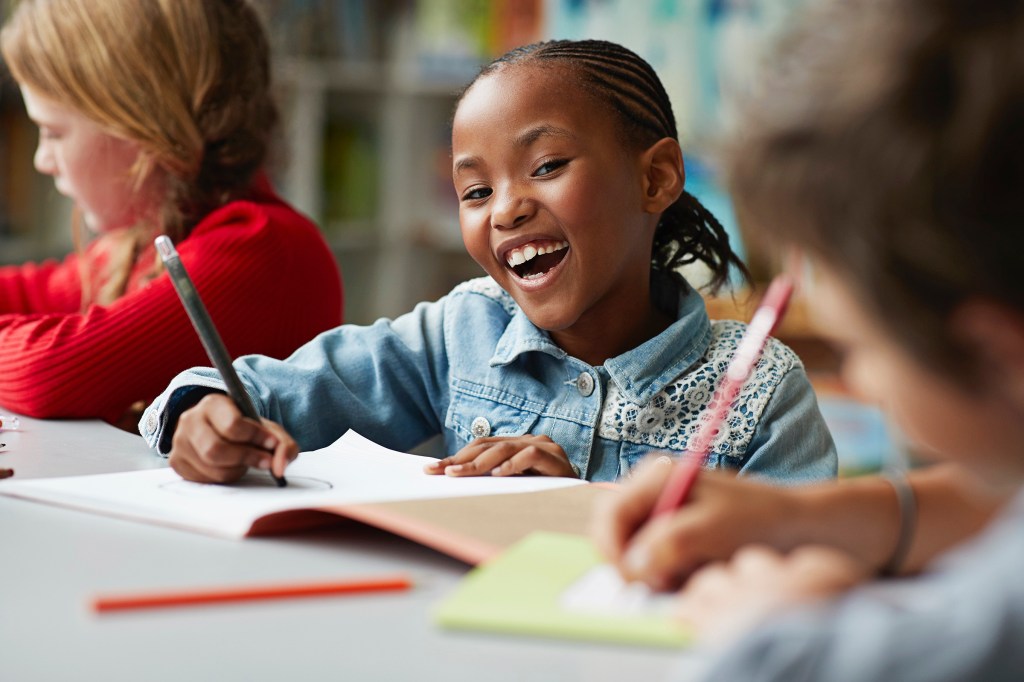
Sharing a laugh with a classmate is good for your health.
KLAUS VEDFELT—GETTY IMAGESThey were naming things they were grateful for. Scientists say this is one way to be happier. Carter is a social scientist. She teaches at the University of California in Berkeley. She studies how people can develop positive emotions, such as gratitude
gratitude
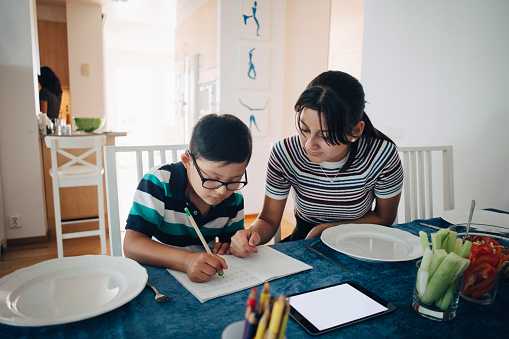 MASKOT—GETTY IMAGES
a feeling of thankfulness
(noun)
I feel gratitude to my sister for helping me with my homework.
and happiness.
MASKOT—GETTY IMAGES
a feeling of thankfulness
(noun)
I feel gratitude to my sister for helping me with my homework.
and happiness.
Feeling sad is natural. But you can make a habit of feeling positive. Then sadness will pass more quickly. How do you do it? By noticing the good things in life. “We can practice bringing happiness to ourselves,” Carter told TIME for Kids. “It is like putting money in the bank. We can be ready for hard times in the future.”
How To Be Happy
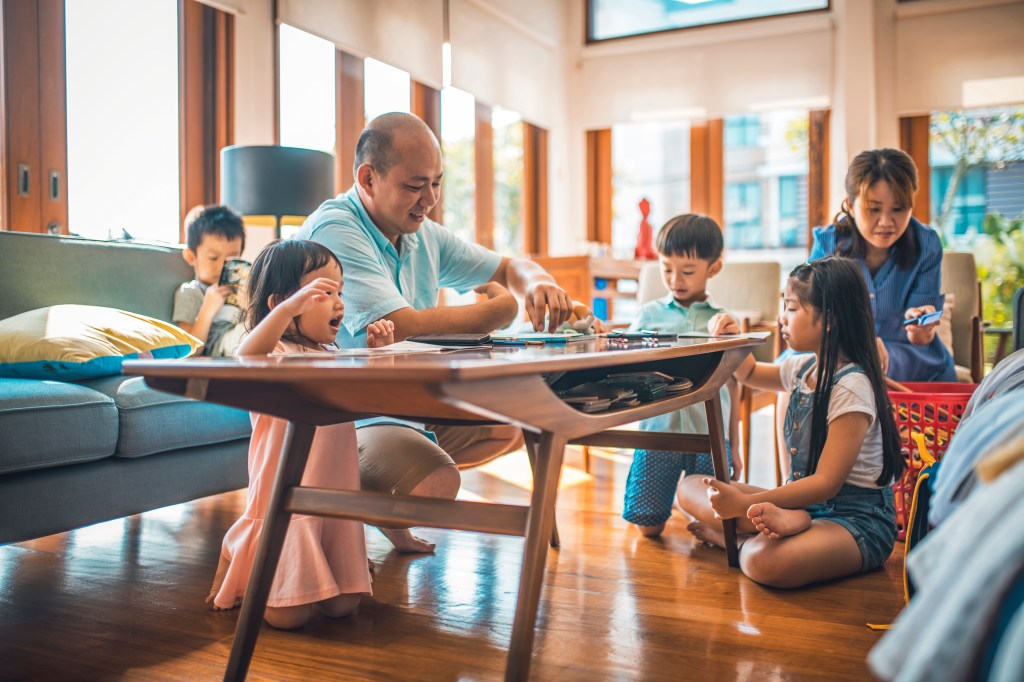
Feeling connected to other people makes us happy.
AZMANL—GETTY IMAGESHow can you practice happiness? You can observe your emotions, even when you are feeling blue. “Look inside yourself with curiosity,” Carter says. You can ask yourself: What do I feel? Where in my body am I feeling it? Does it have a color? A shape? Believe it or not, this will make you feel better.
But the best way to get happy is to be kind, Carter says. Helping others gives life purpose. In a small way, you are changing the world.
“We are hardwired
hardwire
 PATRICK WALSH—EYEEM/GETTY IMAGES
to build; to design
(verb)
Humans are hardwired to be afraid of heights.
to feel better in community,” Carter says. “Our nervous system
nervous system
PATRICK WALSH—EYEEM/GETTY IMAGES
to build; to design
(verb)
Humans are hardwired to be afraid of heights.
to feel better in community,” Carter says. “Our nervous system
nervous system
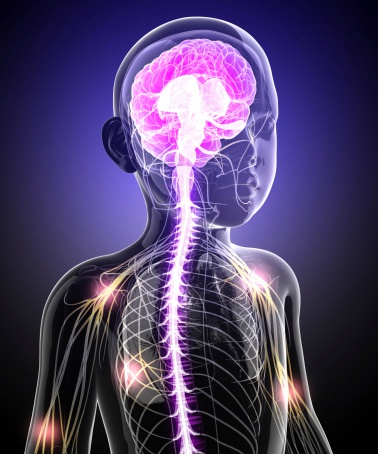 PIXOLOGICSTUDIO—GETTY IMAGES
the network of nerves in the body that sends messages to the brain
(noun)
A person is able to feel pleasure and pain because of the nervous system.
feels safe when we’re connected with other people.”
PIXOLOGICSTUDIO—GETTY IMAGES
the network of nerves in the body that sends messages to the brain
(noun)
A person is able to feel pleasure and pain because of the nervous system.
feels safe when we’re connected with other people.”
Think About It

Finding words to talk about your feelings can make you feel better when you’re sad.
DELPIXART/GETTY IMAGESTaking a look at your feelings helps you feel better. So does putting them into words. Why? A feeling starts deep inside the brain. If the feeling stays there, it may never go away. But when you talk about an emotion, it moves to the front of the brain. When it gets there, you start to understand it. That makes you feel better.








